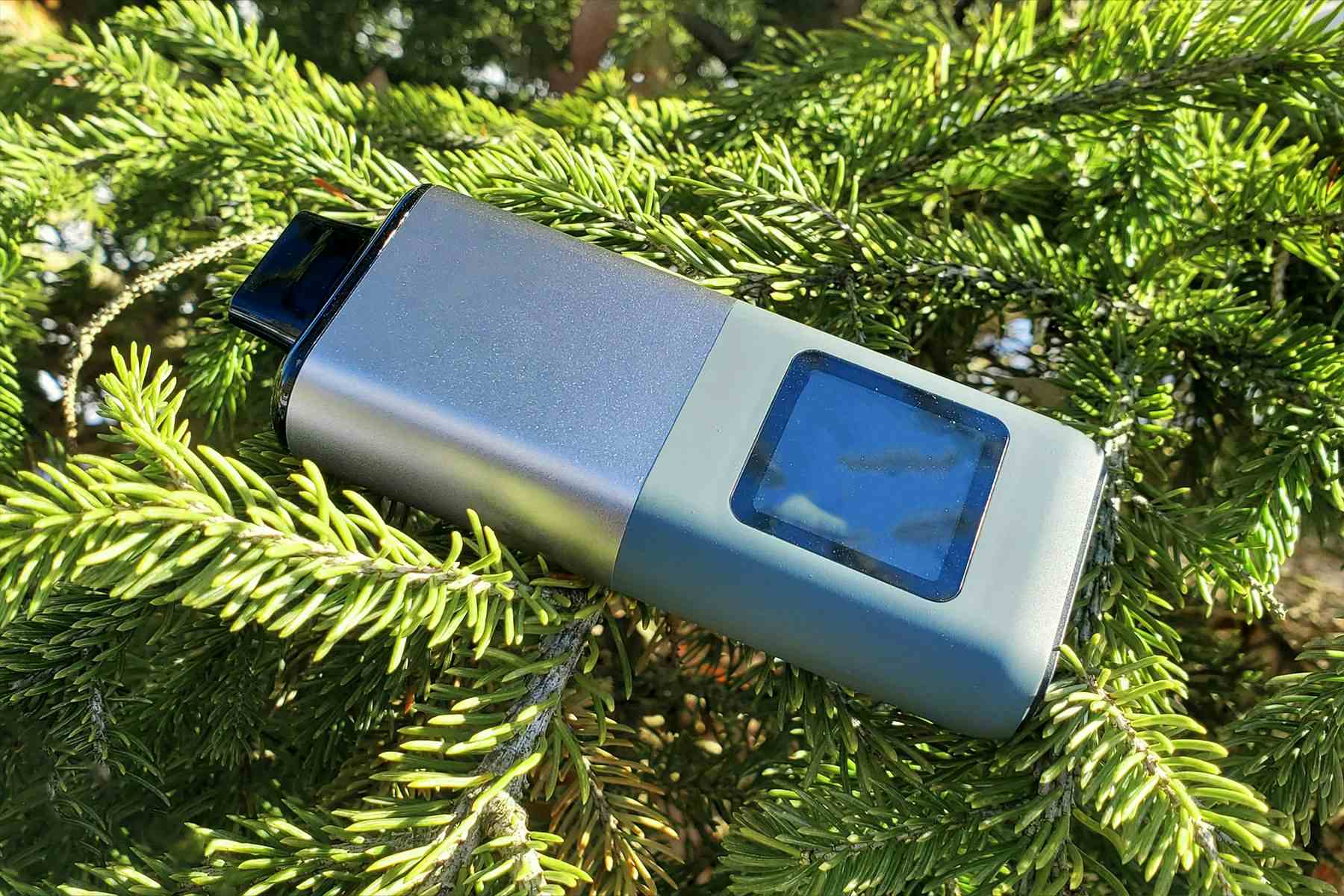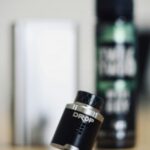The Truth About Vape Device Water Resistance Claims
In recent years, vape devices have surged in popularity, not only for their wide variety of flavors and nicotine options but also for their promise of convenience and style. One of the notable features that some brands advertise is water resistance. This article delves into the truth behind these claims, focusing on product characteristics, user experience, comparative analysis, advantages, disadvantages, and target user demographics.
Product Characteristics
Water resistance in vape devices is primarily defined by their Ingress Protection (IP) rating. A device rated IP67, for example, can withstand immersion in water up to one meter for 30 minutes, while IP68 can handle greater depths and longer durations. It is crucial to understand that while many brands tout “waterproof” capabilities, these claims often refer to splash resistance rather than complete immersion. Therefore, consumers should carefully examine the specifications to ensure their needs are met.

Usage Experience
Users of water-resistant vape devices often report a mixed experience. On one hand, the peace of mind provided by reduced risk of damage from accidental spills or rain can enhance the vaping experience. On the other hand, some users find that the seals and materials used to achieve water resistance can affect airflow and overall performance. It’s essential to consider how these features might influence flavor production and vapor quality.
Comparative Analysis with Competitors
When comparing water-resistant vape devices across different brands, it becomes clear that not all are created equal. Leading brands may incorporate superior sealing technology and materials that stand up to real-world conditions. Brands like Vaporesso and SMOK offer lines that are well-regarded for their durability and performance metrics, while some lesser-known competitors may overstate their device’s water resistance capabilities. User reviews and third-party testing can provide insight into which products truly deliver on their promises.
Advantages and Disadvantages
The advantages of water-resistant vape devices are notable. They provide an extra layer of protection against spills and splashes, making them ideal for outdoor use or travel. Additionally, they often boast robust build quality, appealing to users with an active lifestyle. However, the disadvantages include a potentially higher price point due to enhanced technology and the fact that some users may experience diminished vaping performance due to airtight seals. Furthermore, the term “water-resistant” can be misleading, as some users may mistakenly believe their devices are fully waterproof.
Target User Group Analysis
The target demographic for water-resistant vape devices tends to be younger, tech-savvy individuals who value both functionality and style. These users are often active and on-the-go, participating in outdoor activities where there is an increased risk of accidental liquid exposure. Additionally, smokers transitioning to vaping may see the appeal in durable devices that withstand more rigorous lifestyles.
In conclusion, while water resistance in vape devices can offer advantages for specific user scenarios, purchasers should approach claims critically, focusing on verified specifications and real-world performance. Choosing a suitable device requires careful consideration of individual needs, lifestyle, and reliable product comparisons.





